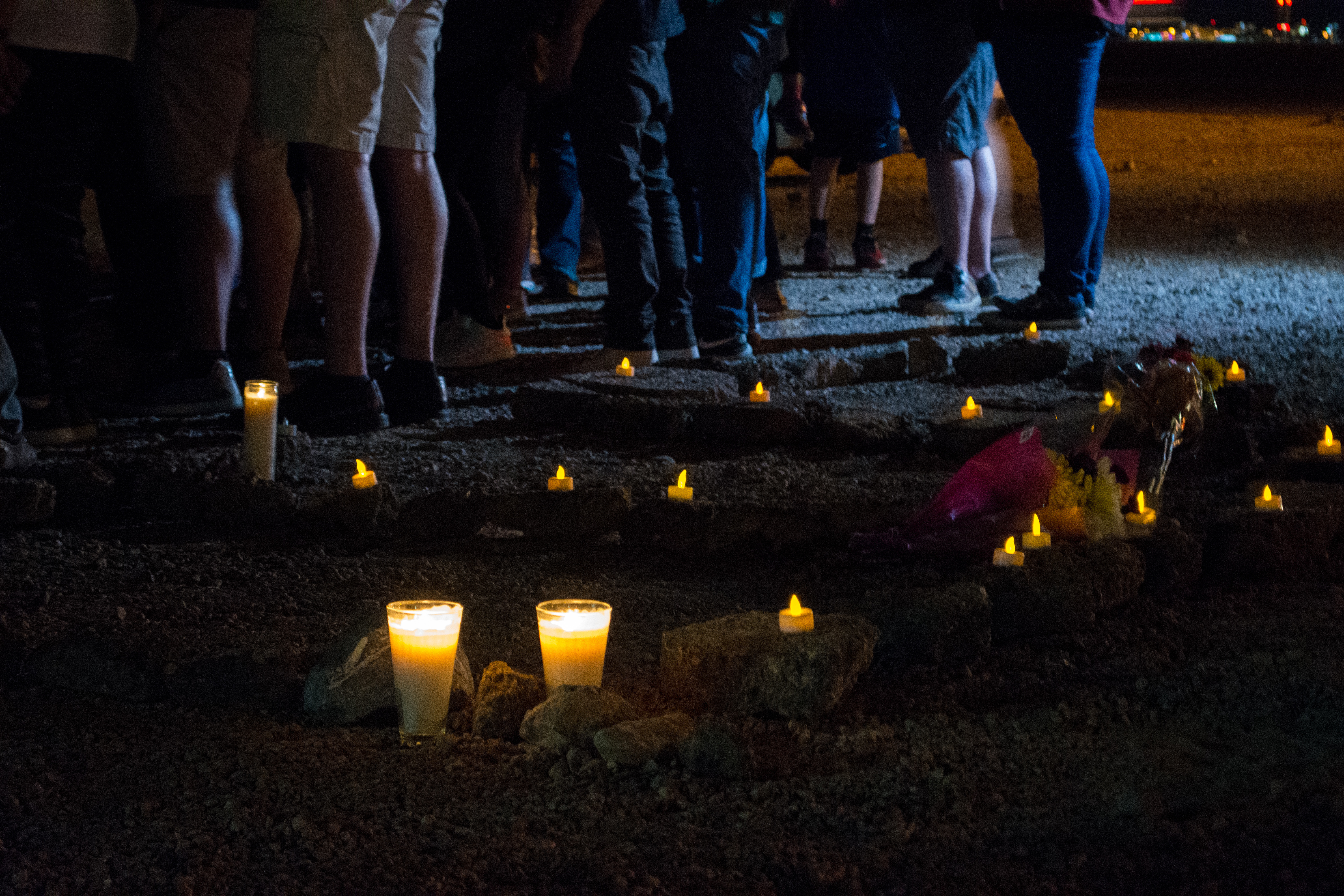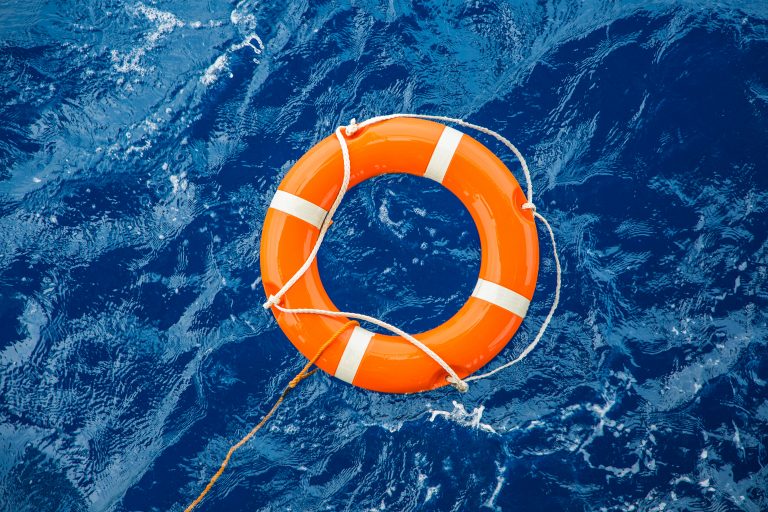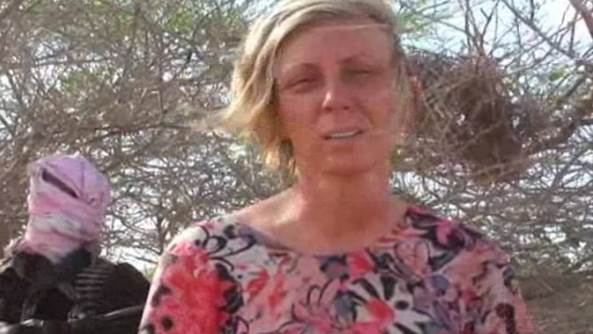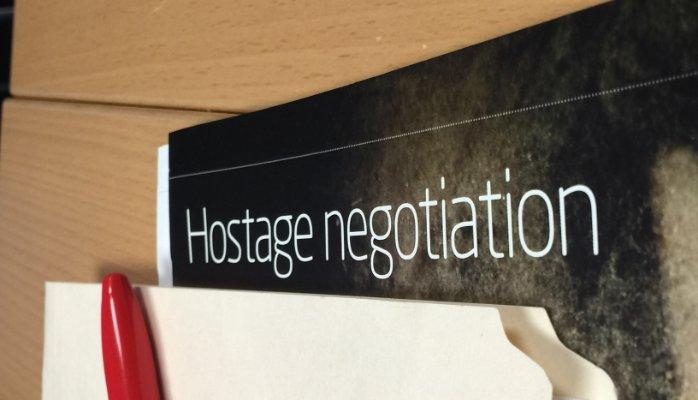Psychological Trauma – When You Become the Target
On October 1, 2018, a shooter from the 32nd floor of the Mandalay Bay hotel opened fire upon a concert crowd fenced in a 15-acre open air lot. 1,100+ rounds were fired in a span of 10 minutes. 58 people died, excluding the shooter, 851 were injured of which 422 were gunshot wounds. 14 of those shot were off-duty firefighters and police officers enjoying the concert. Police and EMS personnel assigned to work the concert that night also took fire.
How do you react when under live fire? What do you do when there are people to help? How do you manage your emotions afterwards?
I am an All-Hazards Psychological Trauma Responder that was deployed to both the Route 91 Harvest Festival concert massacre and most recently the Marjory Stoneman Douglas High School shooting rampage. I supported the Crisis Intervention teams response for each incident.
Las Vegas Fire-Rescue (LVFR) personnel, both on and off-duty, did a heroic job of saving lives. Heroic is not a word I like to use as it has become diluted by overuse. However, in this case, there is no other word to describe their efforts. LVFR saved people during the shooting and triaged afterwards. The large number of injured and dead was overwhelming. The ever-present thought expressed was “We have a job to do…”
Related: Preparing for a Violent Intruder
One instance, an EMT ran up to a man kneeling next his wife and asked if they needed assistance. The man looked up and waved the EMT away. While his wife was alive, the husband knew she was not going to survive. The EMT later had difficulty with this memory of the man’s selfless act.
The thoughts of “Why couldn’t I do more…” or “I didn’t do enough…” persisted the days and weeks afterwards. The feelings of failing.
LVFR Crisis Intervention Team immediately deployed to provide support. The local IAFF Union President worked hard and compassionately supporting his men and women. Together they provided a support structure to ensure immediate and long-term mental health support for their personnel.
The recent shooting and killing of 17 students at the Marjory Stoneman Douglas High School is a different situation but with a common thread; “Why couldn’t I do more…” or “I didn’t do enough…”.
The situation in the latter incident is not one of being shot at but presumably did not want to become a target as the location of the shooter(s) was unknown. Broward County Sherrif’s Officers stayed outside while the Coral Springs, FL Police Department entered the school trying to save lives. Coral Springs, FL Fire Department was the responding Fire-Rescue to the school. They saw wounds they hadn’t experienced before. Adding to the stress, the whereabouts of the shooter was still unknown.
The Fire Department provided immediate Peer Support; 3 clinicians, 45 trained peers, 88 visits to 29 fire stations with 593 members contacted. It was not only the on-scene personnel impacted, but also the Communications Personnel who took the first 911 calls. They listened as shots were fired and worked to calm and guide the actions of those calling.
Psychological Trauma of both events is high. It is clearly observed in these 8 interviews.
In either case, the trauma of being a target, actual or possibly, stays with you after the incident. Takeaway: Stay connected, talk with peers, allow emotions and accept help.







Great blog, and this is something that we have been including in our Journal more frequently. Peer support is so incredibly effective, we need to keep the awareness raised. Thanks for sharing your thoughts, we need this subject to be included in day to day organisational business and not just during/after a crisis.